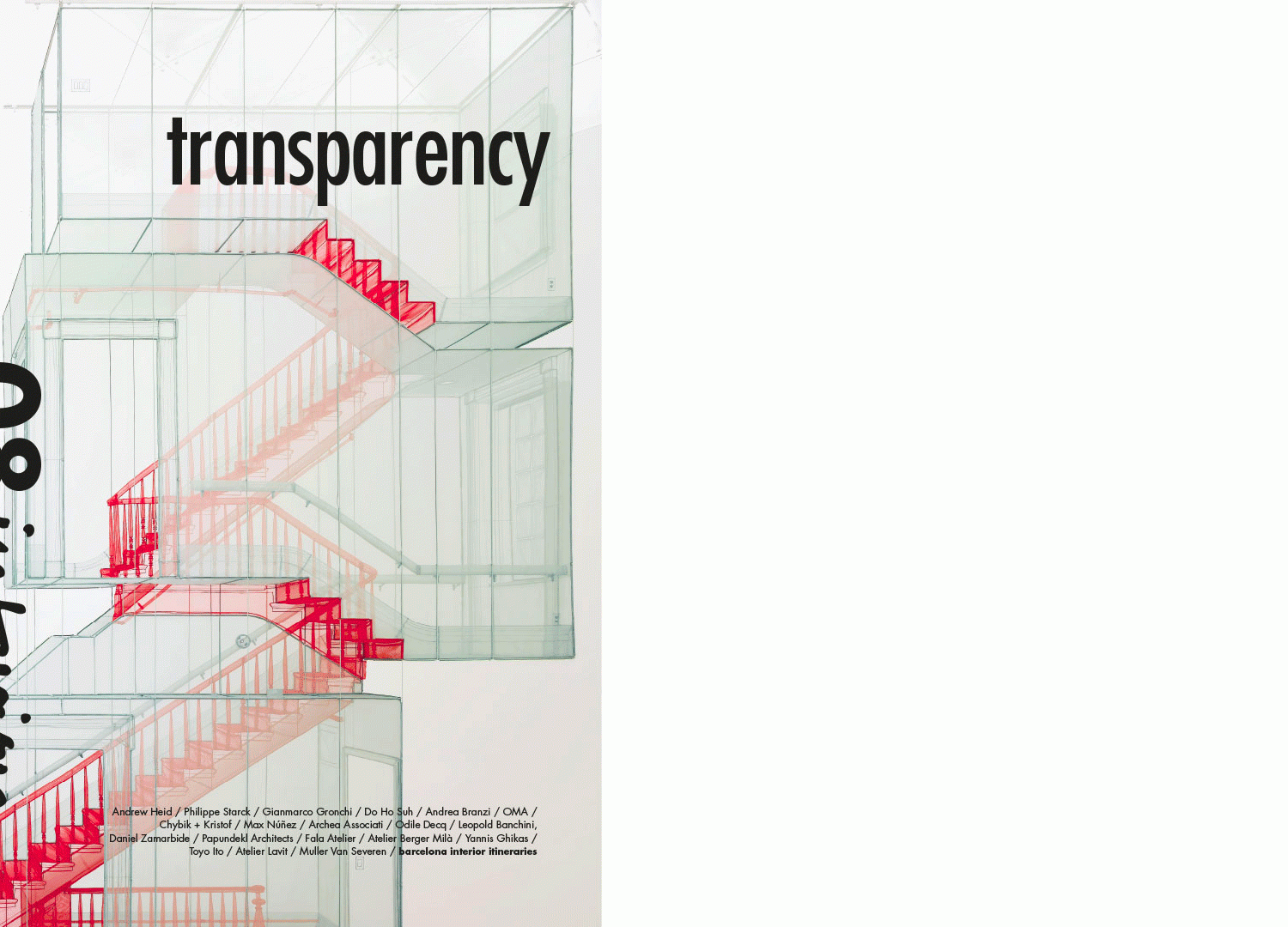
The topic of transparency in architecture is not necessarily tied to the material, so the use of glass, however useful to brighten a habitable enclosure, is a necessary condition but not sufficient to dematerialize the structural component of the building. The essential factor, however, is rather a precise approach to just that structural aspect that refers as much to the elastic-wood tradition – in opposition to the plastic-masonry approach of architecture – as to those experiences that, starting from the Gothic style, built even stone walls thinner, to the point of rendering them skeletrical in a building in which the membranes almost entirely match the static outline of the construction. Obviously, it is more direct and facile to take everything to steel and glass, but these are only technical and textural expedients to achieve those goals of lightness that are a purely compositive facet of the project but that at the same time can produce massive buildings with very little inclination to transparency.
It is, for the latter, a condition of the thought becoming action in the project which allows one to move within space in a fluid matter, possibly without being seen; the idea is to make the relationship between inside and outside less peremptory, considering the shelter and habitat more like the experience of standing under a large tree than seeking refuge in a cave.
If, we accept the idea that the perfect archetype of transparency is based on the hypothesis of Marc-Antoine Laugier of the primitive hut and not of the excavation in the rock, the idea that architecture can seek its own special continuity made also of transparency, and thus of light, appears a logical extension of the very idea of architecture. In particular, if the specific discipline consists of designing habitable volumes and spaces, we have to acknowledge that under best living conditions, we move within a container whose content – space – is, in the words of Bruno Zevi, the real identifying feature of the architecture.
It then becomes easy and intuitive to understand how, according to that theory, the search for transparency, flexible diaphragms, the reduction of masonry parameter to the functional essential to human live, is a central area of research with respect to the practice of the project.
Download cover
Download table of contents
Download introduction of Marco Casamonti


